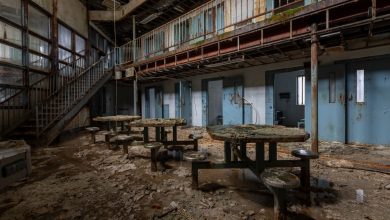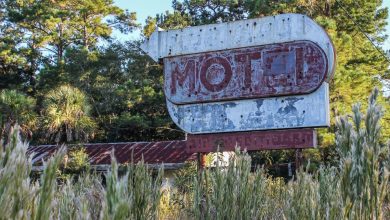Camp Algiers – Abandoned House
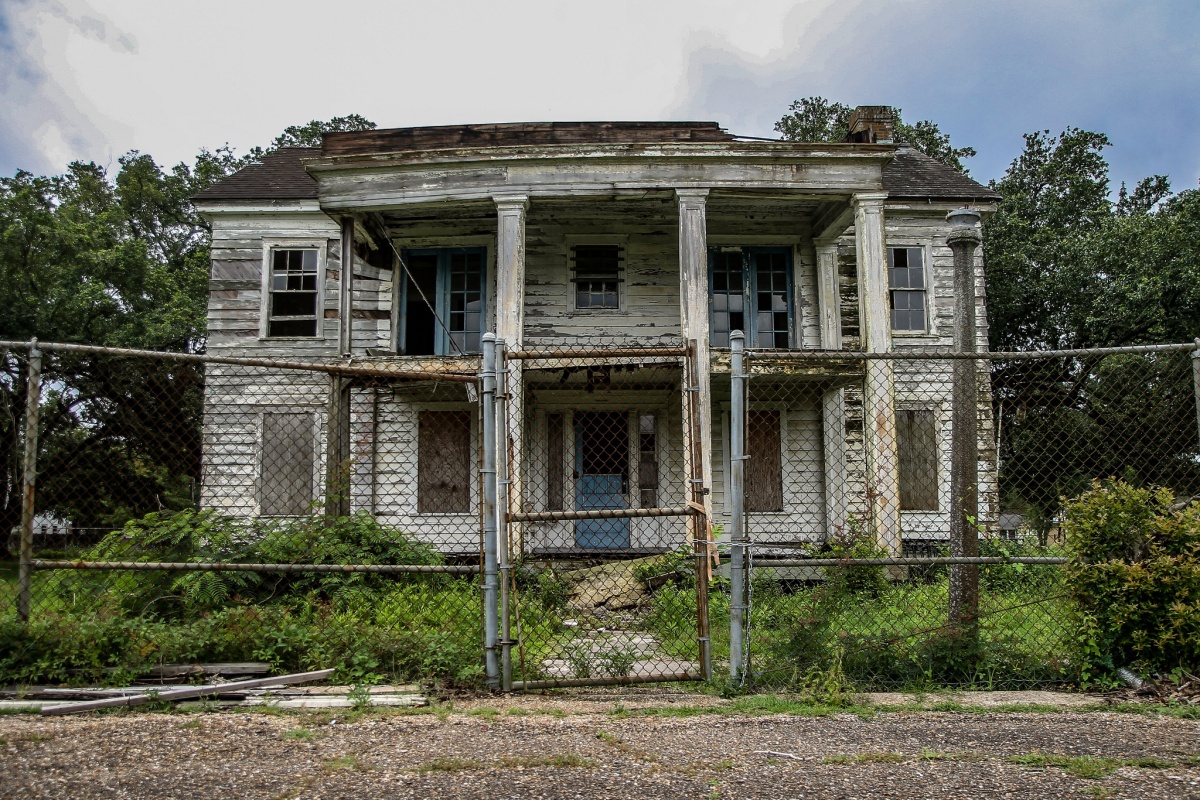
Camp Algiers was a former embarkation facility, along the Mississippi River, used as a Nazi internment camp during World War II. The internees included men, women, and children who had been detained by FBI agents in Latin America and brought back to the United States. Most of the internees were Jewish refugees who had fled Europe from the Nazis. In 1941, the Roosevelt administration asked FBI agents to find any Nazis hiding in Latin America. The secretive program, called the Enemy Alien Control Program, was operated by the State Department, and in many ways illegal. It was against the law at that time for the United States to seize individuals outside of the country. The State Department was able to get around this by refusing to issue entry visas for the Latin American deportees. When the internees arrived at the Port of New Orleans without papers, they were denied visas and were arrested for attempting to enter the country illegally and imprisoned at Camp Algiers.
After arriving in New Orleans, the internees were stripped of any documents and clothing. Some families were sent by train to other internment camps in Texas, Oklahoma, and Georgia. The FBI traveled to Honduras, Panama, Colombia, and 15 other Latin American countries paying informants for tips. To seize their neighbor’s property or land, many informants would wrongfully accuse other innocent Jews of Nazi activity. The faulty accusations led to the imprisonment of many innocent people.
Days after the attack on Pearl Harbor, almost 5,000 Jewish immigrants were rounded up across Latin America and sent to internment camps. The United States wanted to protect the health and welfare of its own prisoners of war, so they were careful to provide good treatment to German prisoners here. They were allowed to fly the swastika flag and sing Nazi songs. This led to severe discrimination and beatings of Jews in the internment camps. Various Jewish organizations along with the National Refugee Service caught wind of the mistreatment and demanded the Jews be moved to a separate camp.
Camp commanders started writing letters to Washington D.C. asking why they were housing families and the elderly when they were supposed to be housing dangerous Nazis. Officials decided that one of the camps would be used specifically used to house those who opposed the Nazis. Camp Algiers was chosen as that camp, nicknamed “camp for the innocents.” In 1942, 81 Jews and other innocent prisoners held in camps from Texas to Oklahoma were relocated to New Orleans.
Roughly, only 15% of the 5,000 internees had at one point been members of the Nazi party. The residents of Camp Algiers had access to a small library and musical instruments. They were allowed to shop at nearby and could even participate in Mardi Gras. The kids of the internees were allowed to learn and permitted to attend school at nearby Algiers elementary and high school. One of the internees was even valedictorian of his high school. They were allowed visitors and could leave the camp during the day.
In the spring of 1943, the decision was made to parole the internees. Most of the people had already been living in the camp for two years. Jewish families in New Orleans and other cities offered to ‘sponsor’ a refugee and take them in, until further notice. They were referred to as parolees-at-large. Through a series of court hearings, advocates spoke out against the detention of Jews and urged for their release.
By the end of 1943, all but six internees were released on parole. They went to Detroit, St. Louis, Cleveland, Cincinnati, Philadelphia, and New Orleans. The internees were on parole with the assumption that when the war ends, they go back to Latin America or Germany. They could leave the camps, but not go back to their home countries yet. They were essentially ‘on watch’ by an American foster family and had to report regularly to an immigration officer.
In 1944, a group of pro-Nazi Germans were transferred to Camp Algiers and elected a former advisor to Hitler as the head of the internee committee. This was unfortunate for the six remaining Jewish internees since the camp was a lot less safe. These internees remained behind the barbed wire for another two years.
Once World War II ended, Camp Algiers was decommissioned. The remaining internees were not immediately let go. Less than 1,000 internees stayed in the United States. Most of them wanted to return to Latin America and were ultimately able to do so. Today, parts of Camp Algiers are used by Homeland Security. Several private investors have teamed up with the City of New Orleans in an effort to preserve the remaining unused structures.
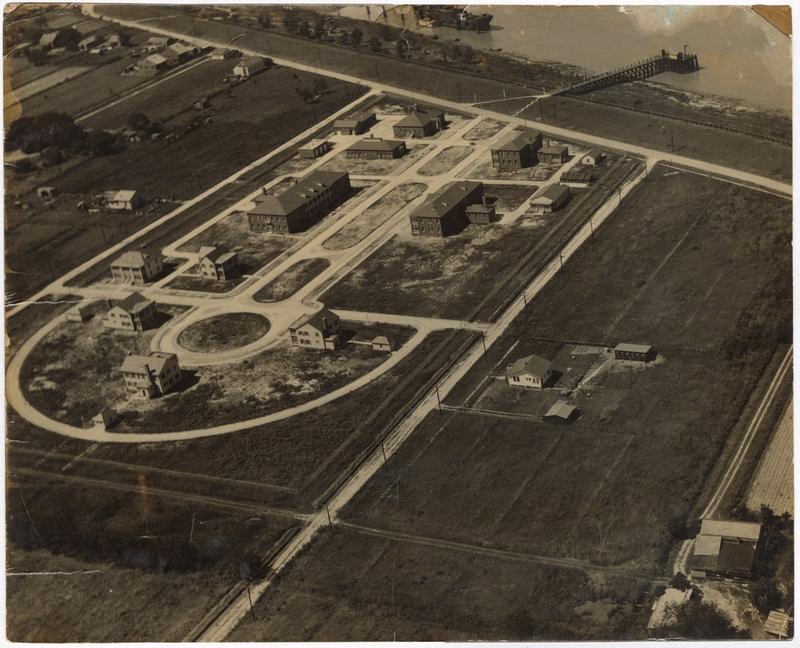
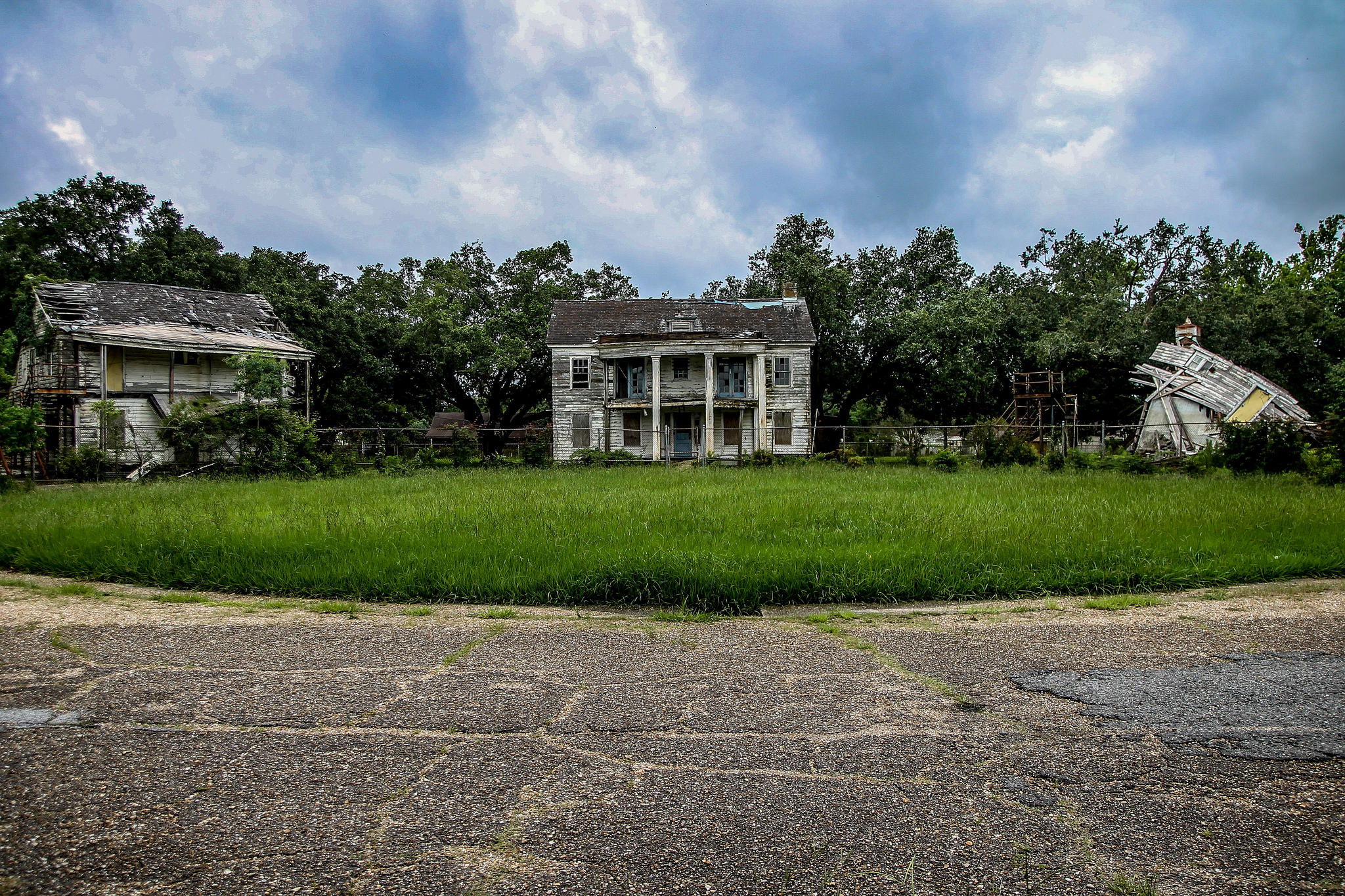
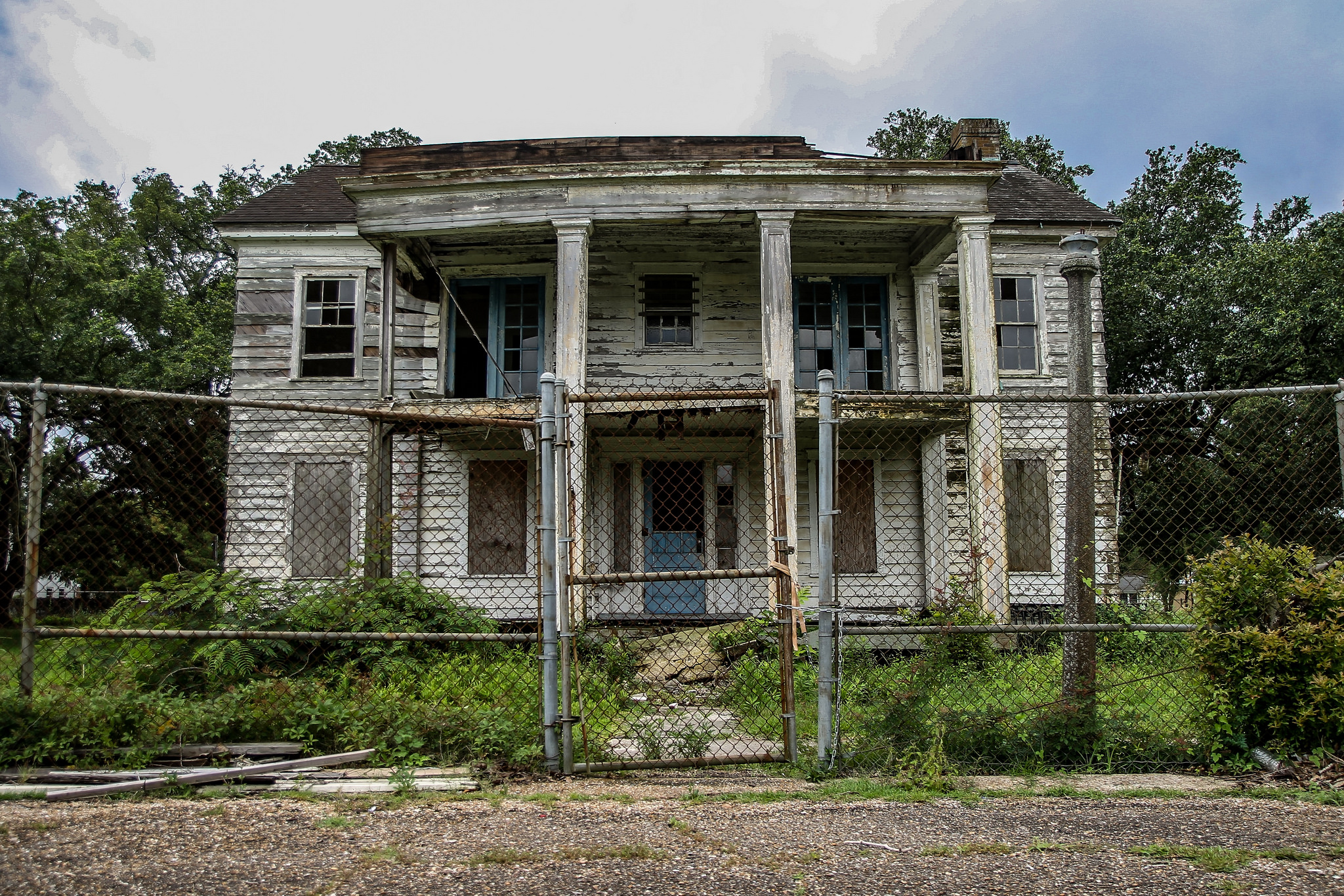
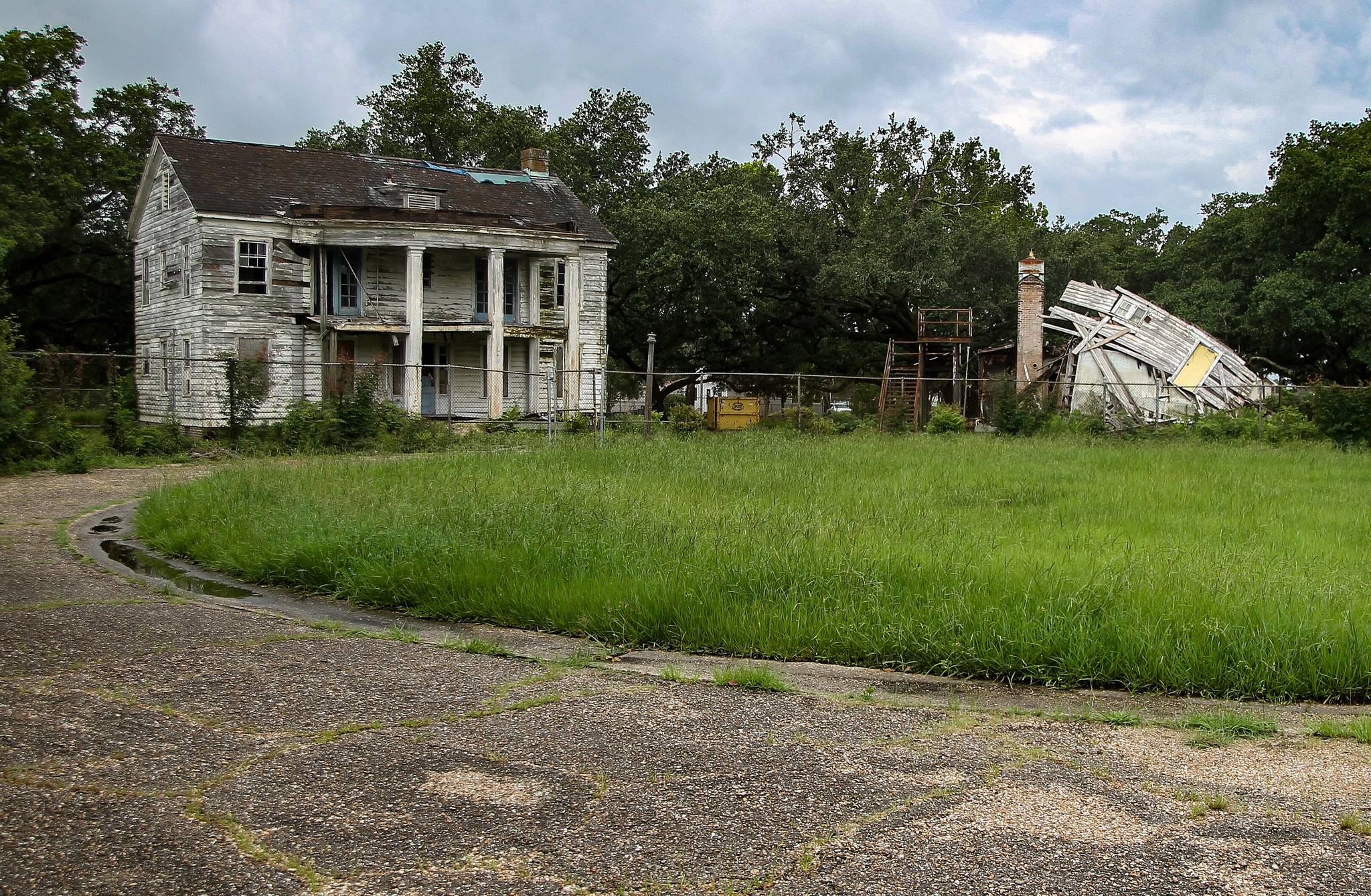
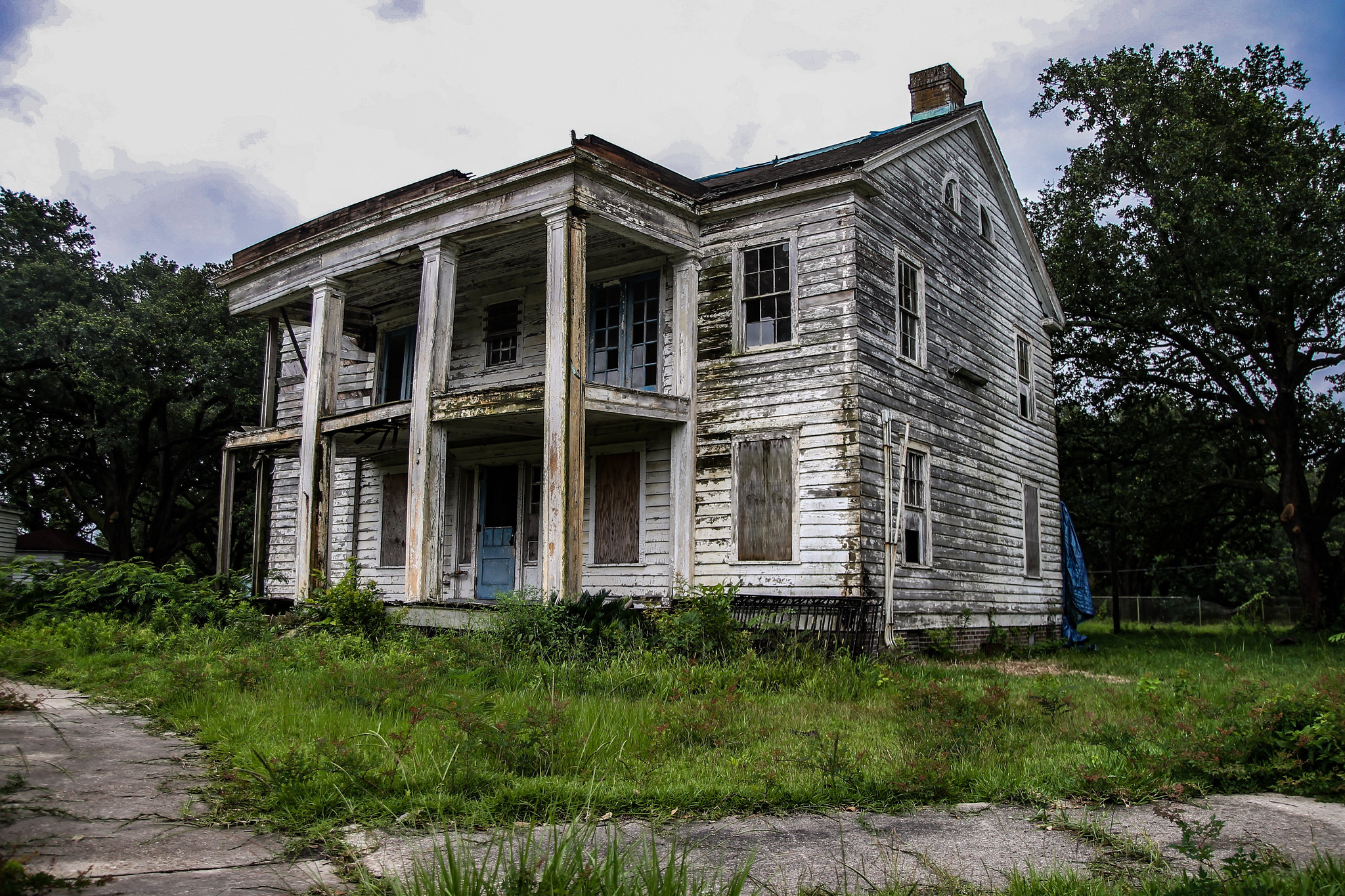
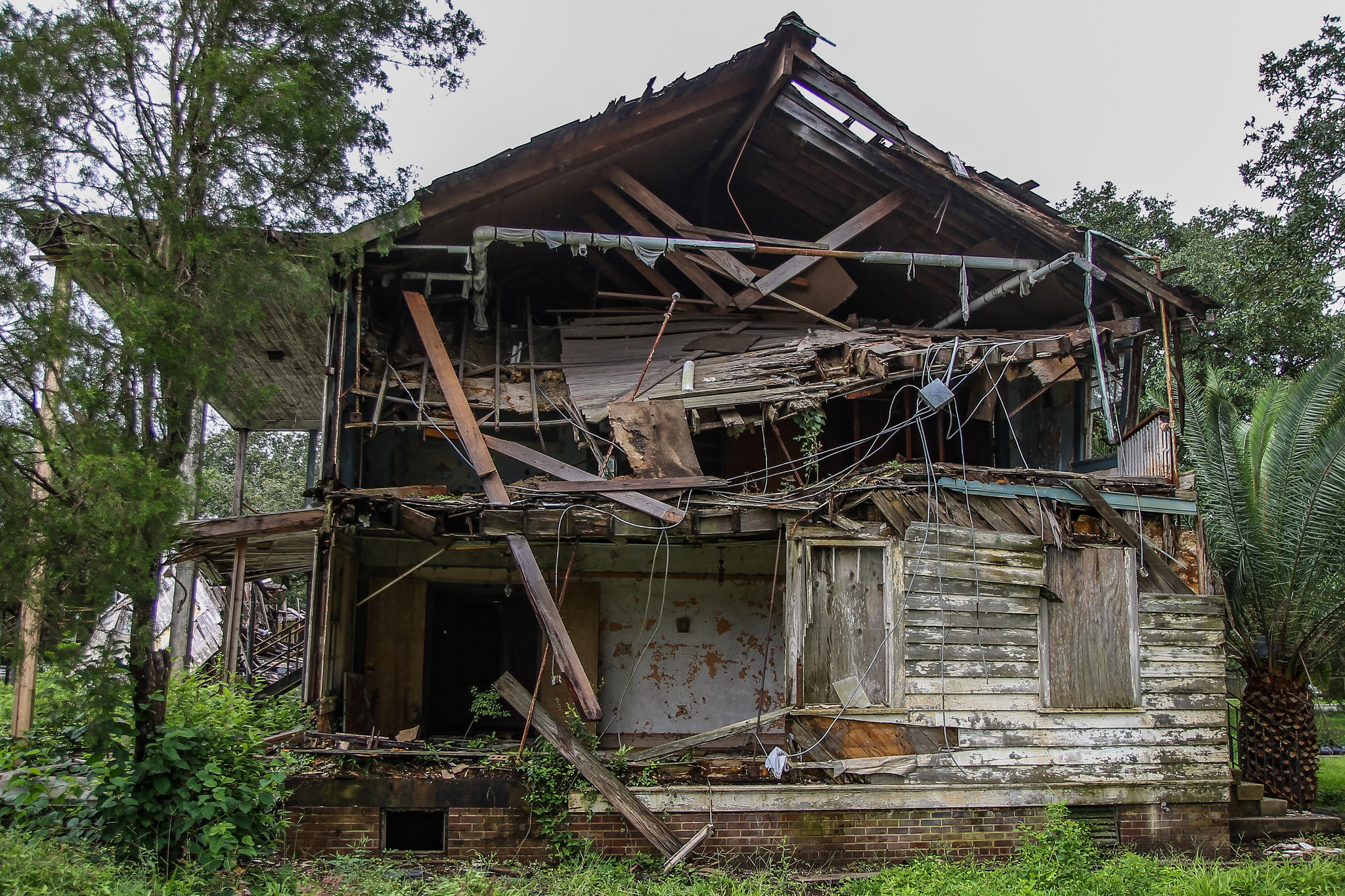
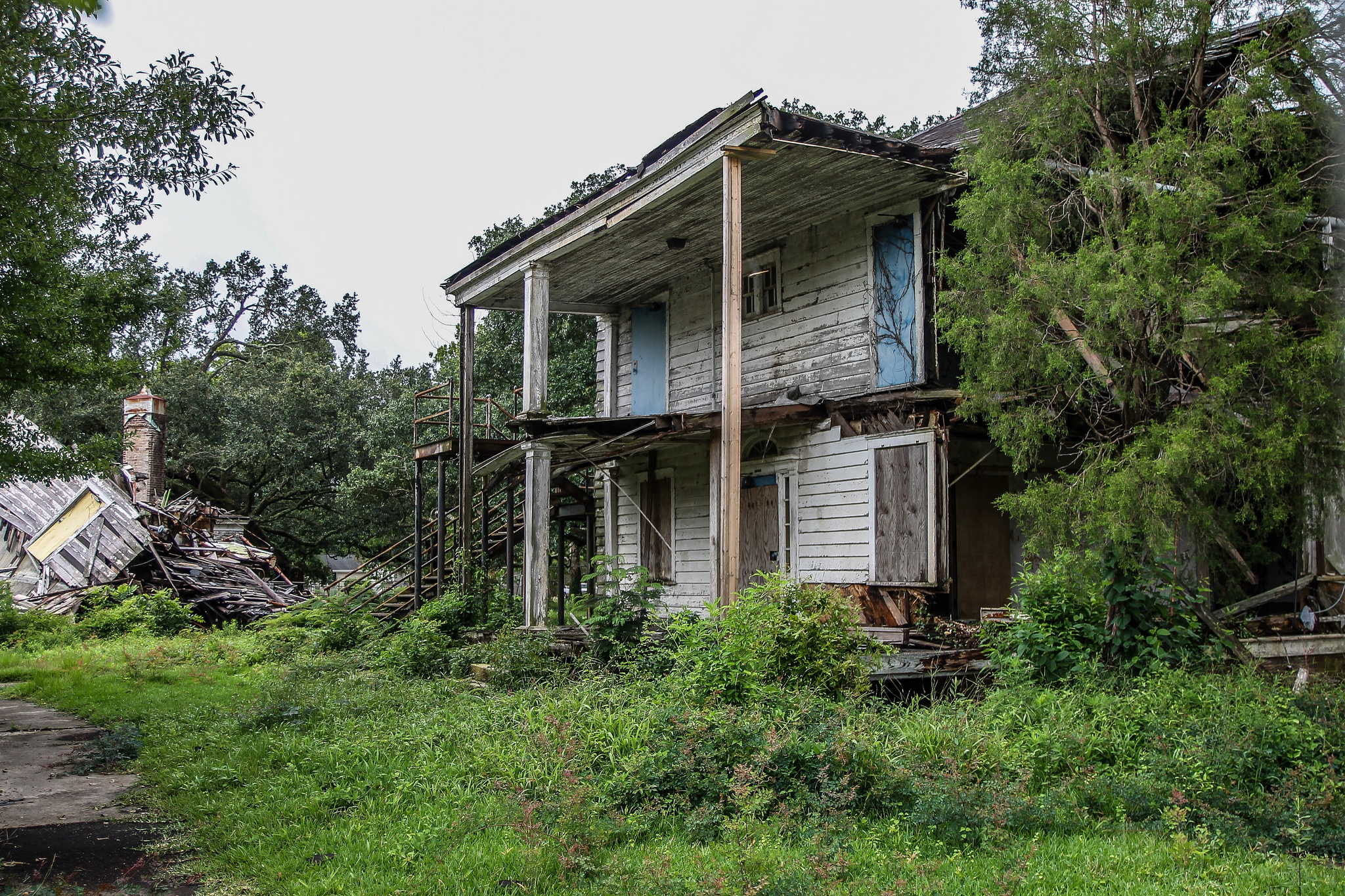


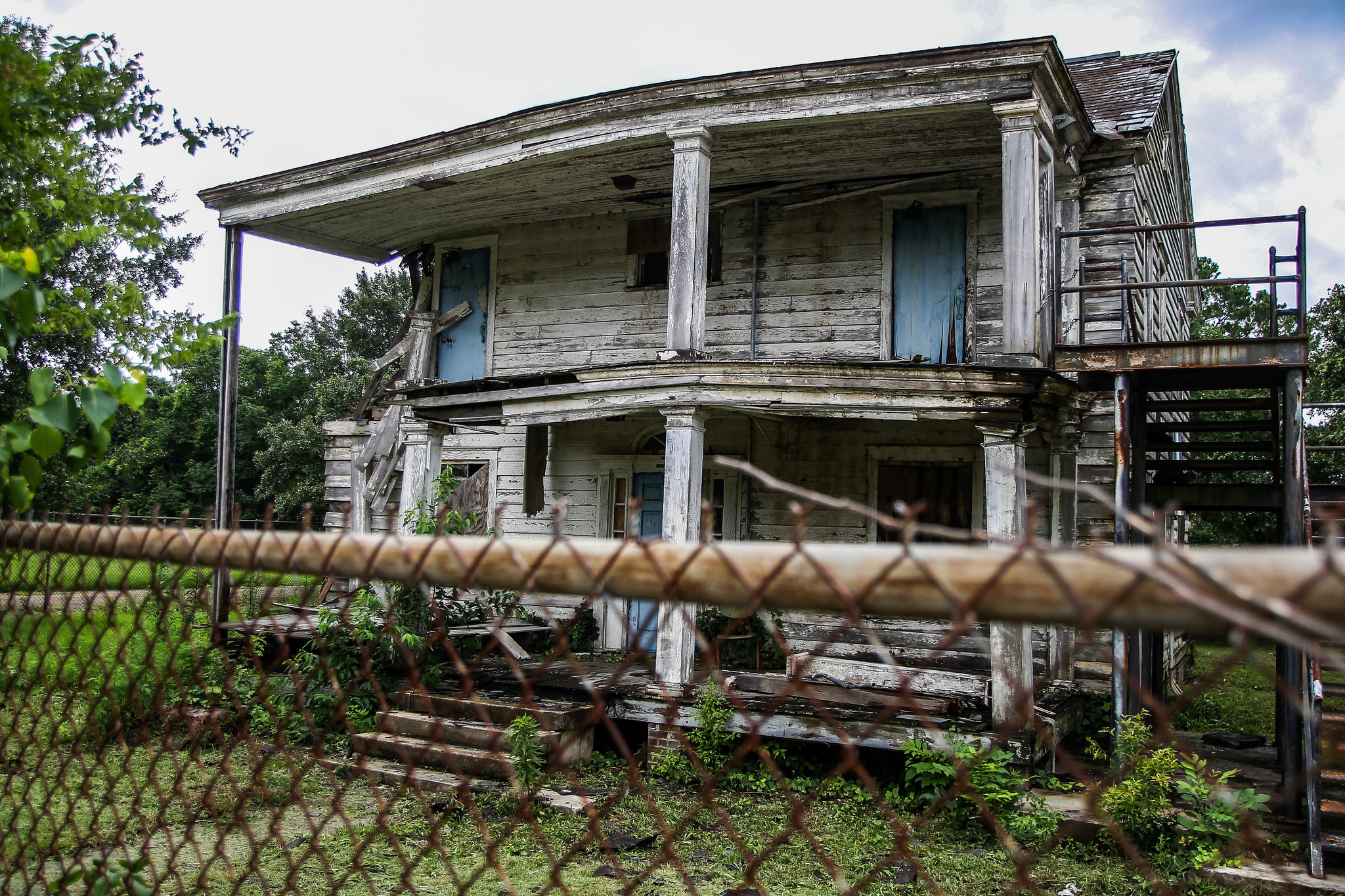
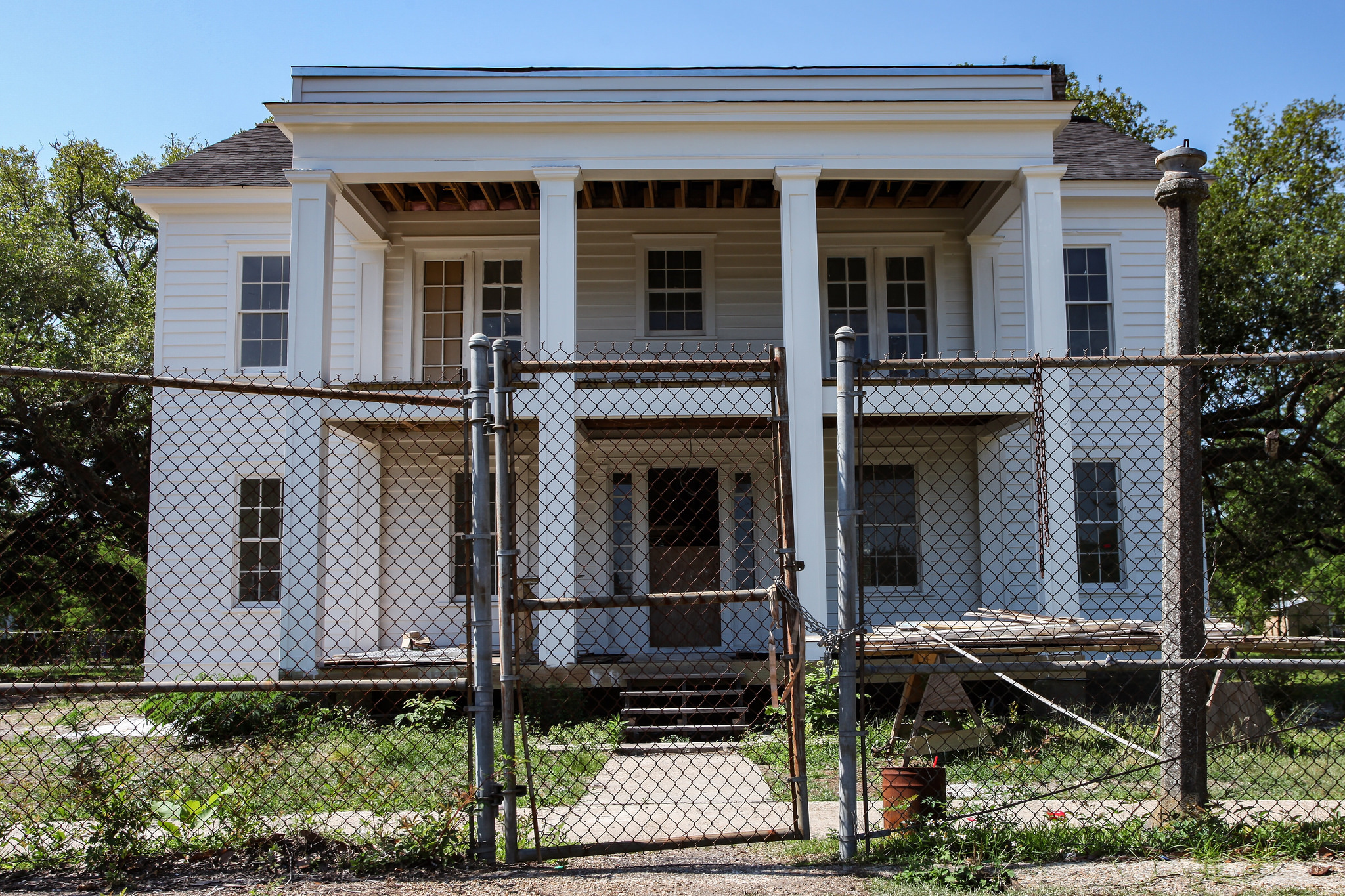
Thank you for reading. Please share the blog with your friends. I appreciate the support.
You can find me on Facebook, Instagram and TikTok. For more amazing, abandoned locations from across New Orleans, check out my photography books.
Source: https://numerologybox.com
Category: Abandoned Place


